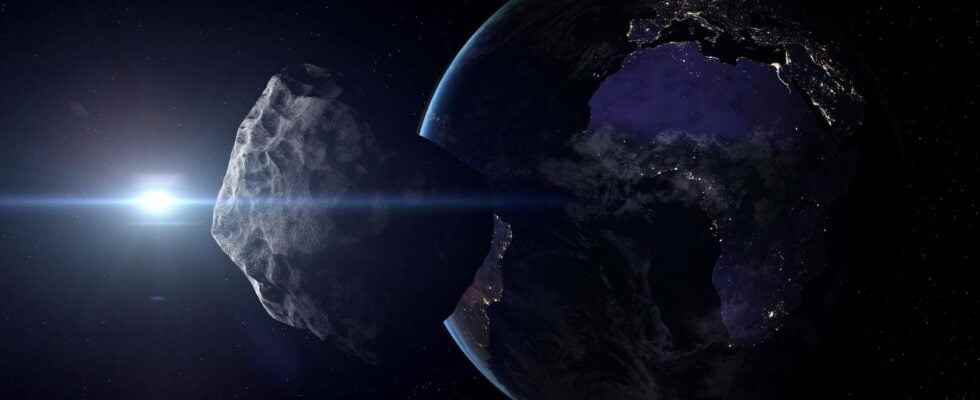Counting the craters on the surface of a planet can provide precise information about its history. This is what researchers have done on Mars. They conclude that the frequency of asteroid collisions with the Red Planet has been constant for over 600 million years.
You will also be interested
[EN VIDÉO] These are all known asteroids in our Solar System Look how many there are: here are all the asteroids identified by astronomers since the first discovery in 1801. The number of discoveries has literally jumped since the end of the 20th century.
“On Earth, erosion caused by tectonic plates tends to erase the traces so, to better understand how our planet evolved, we must turn to planets which have kept the memory of their ancient geological history., comments Anthony Lagain, researcher, in a Curtin University press release (Australia). This explains why, with his team, he became interested in the craters left on Mars by collisions between the red planet and asteroids.
Recently, studies have suggested that these collisions must have experienced peaks in frequency. In question, collisions between massive bodies occurring in the heart of the asteroid belt. The Curtin University researchers now argue that Mars has been regularly bombarded over the past 600 million years.
A result that can be extrapolated to Earth
The researchers draw this conclusion from an analysis of the formation of more than 500 large martian craters — through “big”, understand of more than 20 kilometers in diameter. With the help of an algorithm capable of detecting these craters in images high resolution. An algorithm they developed themselves that gives information about the size of the craters and their quantity as well as the timing and frequency of the collisions that created them.
According to astronomers from Curtin University, the observation can be extended to the whole of the inner solar system. Our Earth, too, would therefore have experienced a steady stream of impacts over the past 600 million years.
Interested in what you just read?
